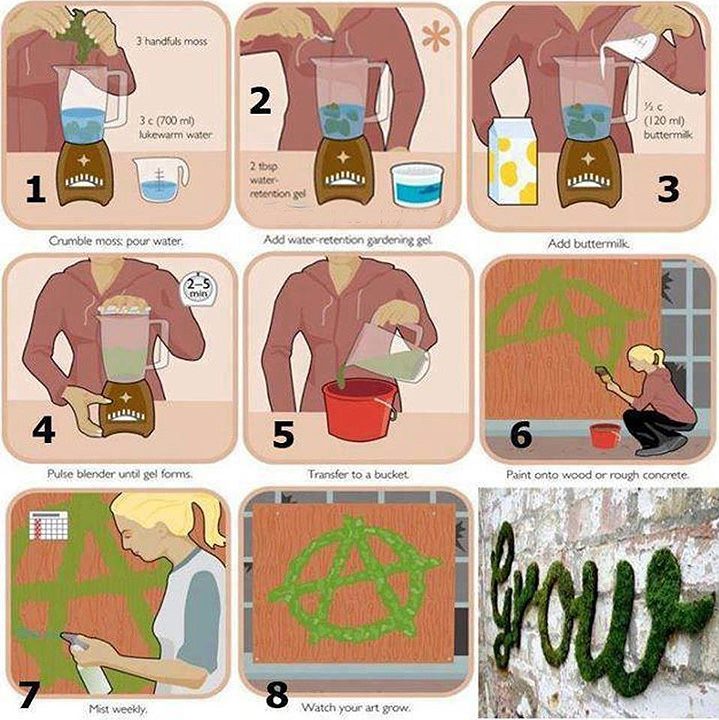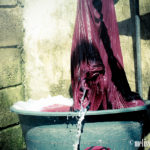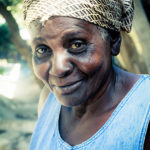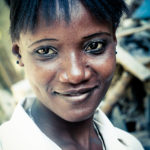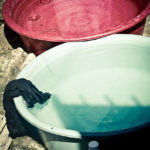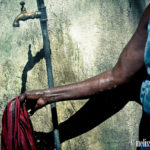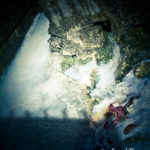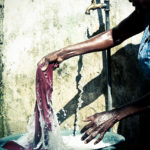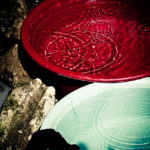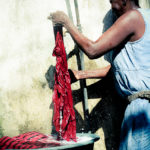We are always open to exploring sustainable, gardening, food production-centric art projects. It was with excitement that we stumbled onto the Moringa Tree upon a recommendation from a former Peace Corps volunteer who had worked with the tree in Africa. Also commonly known as “the horseradish tree,” the leaves from this plant have:
7 times the vitamin C in oranges
4 times the calcium and 2 times the protein in milk
4 times the vitamin A in carrots
3 times the potassium in bananas
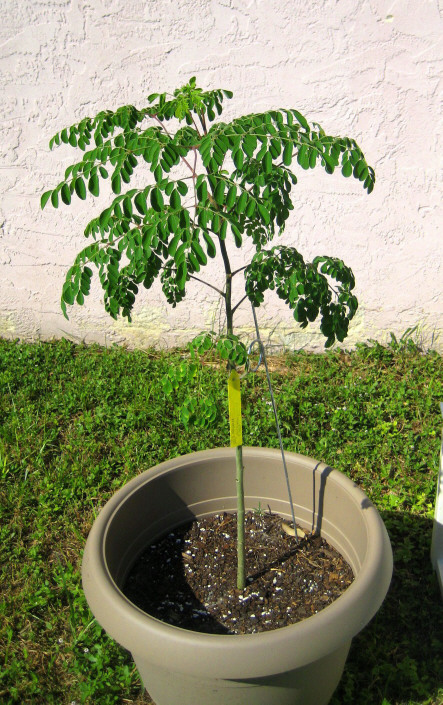
About the Moringa:
Moringa oleifera is known as a miracle tree by international aid groups across the world. The tree suprisingly has more beneficial uses to humans than any other plant species. Moringa is the sole genus in the flowering plant family Moringaceae. The name is derived from the Tamil word murunggai (முருங்கை) or the Malayalam word muringa, both of which refer to M. Oleifera. It contains 13 species from tropical and subtropical climates that range in size from tiny herbs to massive trees. The most widely cultivated species is Moringa Oleifera, a multipurpose tree native to the foothills of the Himalayas in northwestern India and cultivated throughout the tropics.
Moringa Oleifera is known as the drum stick tree in India and is used all across Asia and Africa. It is considered a miracle tree because of its high nutrient value; it has more vitamins than spinach, cabbage, or any other leafy vegetable. It is highly valuable because every part of the plant has a function, including the use of the flowers for medicinal tea and the use of the peapods as food.
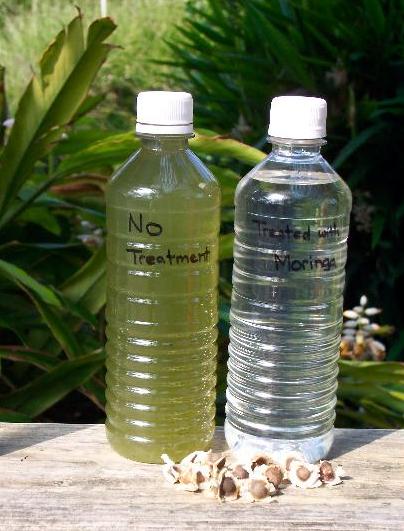
Significance for Haiti:
Haiti ranks highest for malnutrition in the western Hemisphere, and over half the population lives below the minimum level of dietary energy consumption. Moringa will help provide lactating mothers and infants get the nutrition they need in early development, when it is the most vital. The leaves of the Magic Moringa contain all essential amino acids and are rich in protein, vitamin A, vitamin B, vitamin C, and minerals. Feeding the high protein leaves to cattle has been shown to increase weight gain by up to 32% and milk production by 43 to 65%.
More importantly, the dried seeds can purify unsafe water. By leaving the dried seeds in a bottle of unclean water overnight, between 90-95% of the bacteria can be purified.
The HOPE Art project will be focused on teaching the children to grow their own Moringa trees from cuttings and developing an artful cookbook focused on incorporating Moringa Leaf Powder into standard Creole cooking. We will also be working on creating planters from reclaimed buckets, barrels and coffee or banana bags with chicken wire.
To grow from a cutting:
After the trees have stopped producing fruits each year, branches need to be cut off so that fresh growth may take place. These branches are excellent for growing new trees.
Make a cutting at least 1″ (2.5cm) in diameter and at least six feet (1.8m) long.
Dig a hole 3 ft. (1m) x 3 ft. (1m) and 3 ft. (1m) deep.
Place cutting in this hole and fill with a mixture of soil, sand and composted manure. Pack firmly around base of the cutting. Form a slight dome or cone shape, sloping down away from the cutting. It is desirable that water not touch the stem of the new tree.
Water generously, but do not drown the cutting in water.
In India, the custom is to put some cow dung on top of the open end of the cutting. This is an excellent way to protect the cutting from pests.

